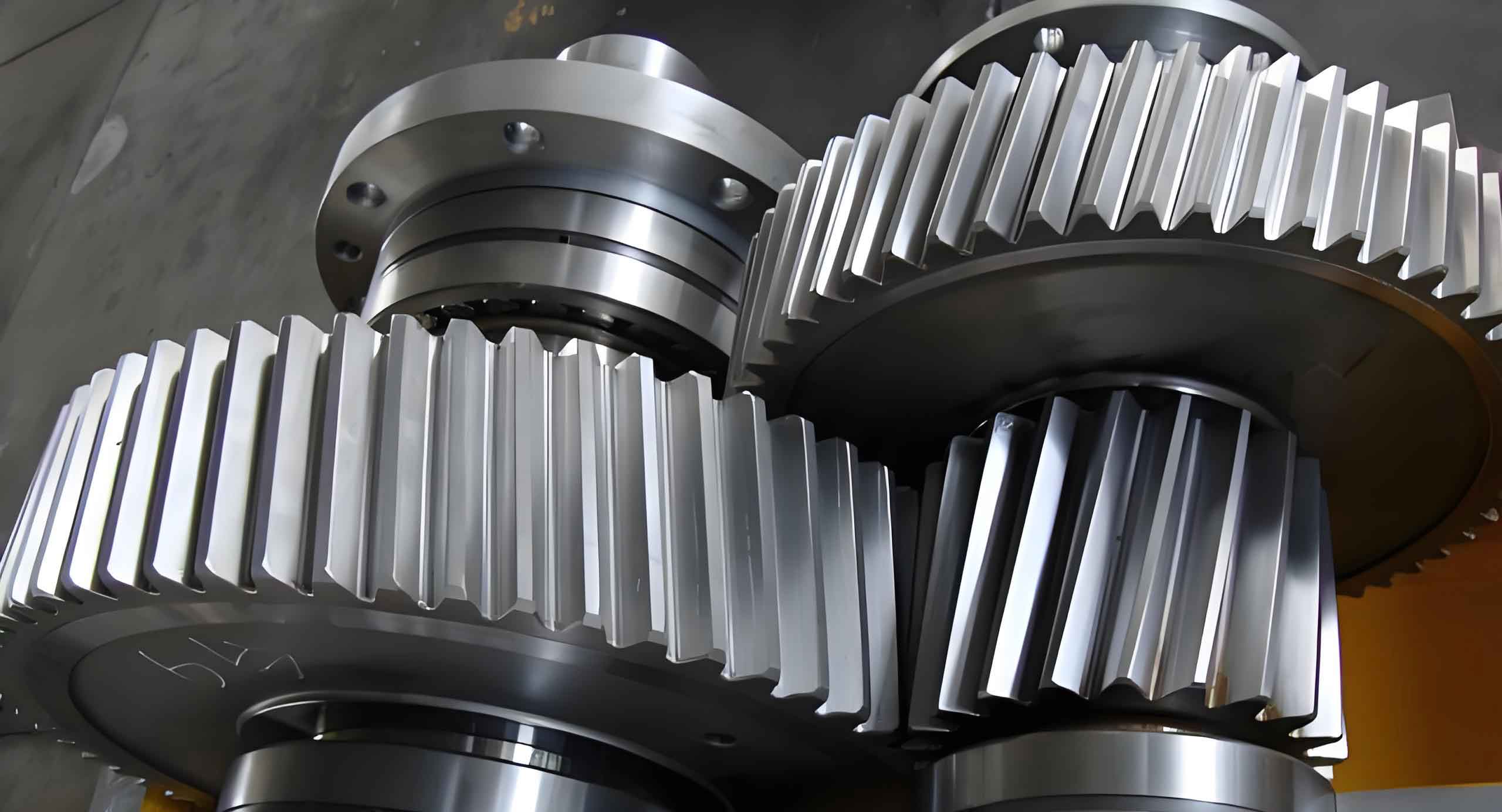Introduction
The performance and durability of helical gear is crucial in various applications, including electric vehicles and industrial machinery. Heat treatment is a vital process in enhancing the properties of helical gear, significantly affecting their performance and lifespan. This article explores the impact of heat treatment on helical gear performance, focusing on its importance in electric vehicle transmissions and other high-demand applications.
Understanding Helical Gear
Helical gear is type of cylindrical gear characterized by teeth that are cut at an angle to the axis of rotation. This design allows for gradual engagement of the teeth, leading to smoother and quieter operation compared to spur gear. The performance of helical gear can be greatly enhanced through proper heat treatment.

Key Features of Helical Gear:
- Angled Teeth: Typically cut at an angle between 15° and 30°.
- Smooth Operation: Reduced noise and vibration due to gradual tooth engagement.
- Load Distribution: Even load distribution across the teeth.
- High Load Capacity: Increased contact area allows for handling higher loads.
Importance of Heat Treatment in Helical Gear
Heat treatment involves heating and cooling metals in a controlled manner to alter their physical and mechanical properties without changing their shape. For helical gear, heat treatment enhances hardness, strength, wear resistance, and fatigue life.
Benefits of Heat Treatment for Helical Gear:
- Increased Hardness: Improves wear resistance and lifespan.
- Enhanced Strength: Allows gears to handle higher loads and stresses.
- Improved Fatigue Resistance: Extends the operational life under cyclic loading.
- Reduced Residual Stresses: Minimizes distortion and enhances dimensional stability.
Types of Heat Treatment for Helical Gear
Several heat treatment processes are commonly used for helical gear, each with specific advantages.
Common Heat Treatment Processes:
- Carburizing: Introduces carbon into the surface layer to increase surface hardness while maintaining a tough core.
- Quenching and Tempering: Involves heating followed by rapid cooling (quenching) and subsequent reheating (tempering) to achieve desired hardness and toughness.
- Nitriding: Adds nitrogen to the surface layer, resulting in a hard, wear-resistant surface.
- Induction Hardening: Uses electromagnetic induction to heat the gear surface rapidly, followed by quenching to harden the surface.
Table: Comparison of Heat Treatment Processes for Helical Gear
| Process | Key Benefits | Typical Applications |
|---|---|---|
| Carburizing | High surface hardness, tough core | Heavy-duty industrial machinery, gears in electric vehicles |
| Quenching and Tempering | Balanced hardness and toughness | General-purpose gears, automotive applications |
| Nitriding | Excellent wear resistance | High-performance applications, aerospace |
| Induction Hardening | Precise control, minimal distortion | Gears with complex shapes, high-load applications |
Impact of Heat Treatment on Helical Gear Performance
The impact of heat treatment on helical gear performance is profound, influencing various aspects of gear operation and longevity. Properly heat-treated helical gears exhibit superior performance in demanding applications such as electric vehicle transmissions and industrial machinery.
Performance Enhancements from Heat Treatment:
- Wear Resistance: Heat-treated helical gear has hardened surface that resists wear, extending their service life.
- Load Carrying Capacity: Increased hardness and strength enable the gear to handle higher loads without deformation.
- Dimensional Stability: Reduced residual stresses from heat treatment ensure that gears maintain their shape and accuracy under operational conditions.
- Fatigue Life: Improved fatigue resistance allows helical gear to withstand cyclic loading conditions, which is essential for applications like electric vehicles where the gears are subjected to constant start-stop cycles.
List: Factors Influencing Heat Treatment Outcomes
- Material Composition: The type of steel or alloy used in helical gear affects the heat treatment process and outcome.
- Heat Treatment Process: Different processes like carburizing, quenching, and nitriding yield different properties.
- Heating and Cooling Rates: The rates of heating and cooling during the process influence the final properties of helical gear.
- Process Control: Precision in controlling temperature and timing is crucial for achieving desired results.
Applications in Electric Vehicles
In electric vehicles, the transmission system is crucial for managing power delivery from the electric motor to the wheels. Helical gear in electric vehicle transmissions benefit significantly from heat treatment, ensuring that they can handle the high torque and stresses associated with electric motor operation.
Benefits of Heat Treatment in Electric Vehicle Transmissions:
- Increased Efficiency: Reduced friction and wear lead to higher transmission efficiency.
- Extended Service Life: Enhanced wear resistance and fatigue life reduce the need for frequent replacements.
- Quiet Operation: Improved dimensional stability and surface finish contribute to quieter gear operation.
- Reliability: Heat-treated helical gear provide consistent performance, enhancing the overall reliability of the electric vehicle.
Conclusion
Heat treatment is a critical process in enhancing the performance and durability of helical gear. By increasing hardness, strength, wear resistance, and fatigue life, heat treatment ensures that helical gear can meet the demanding requirements of applications such as electric vehicles and industrial machinery. Understanding the various heat treatment processes and their impact on gear performance is essential for optimizing the design and operation of helical gear. As technology advances, further innovations in heat treatment techniques will continue to improve the efficiency and reliability of helical gear in various applications.
